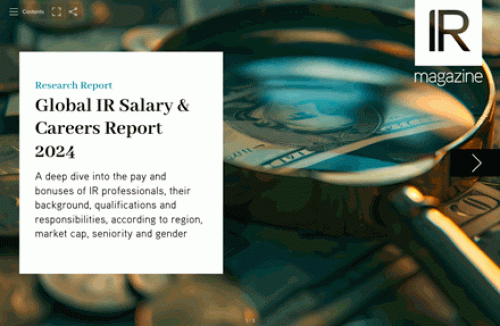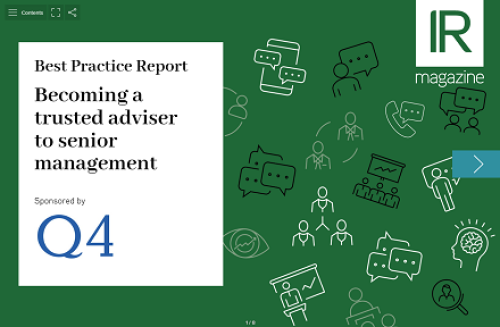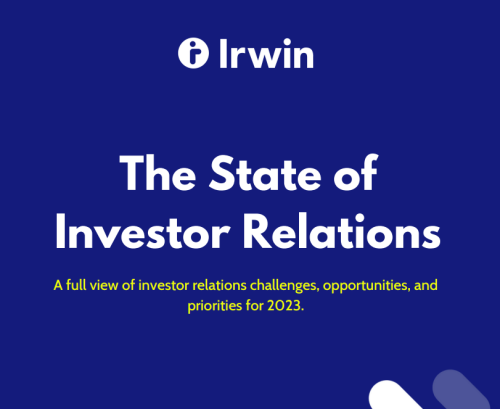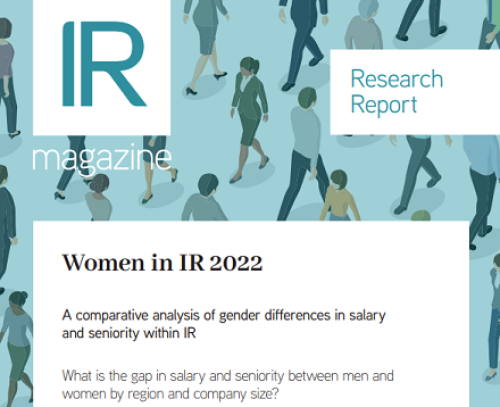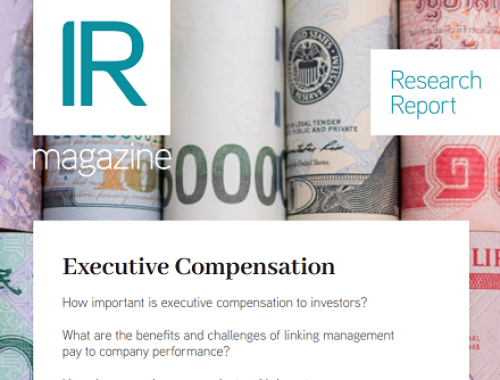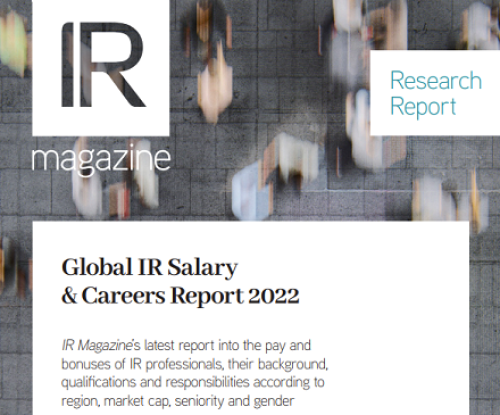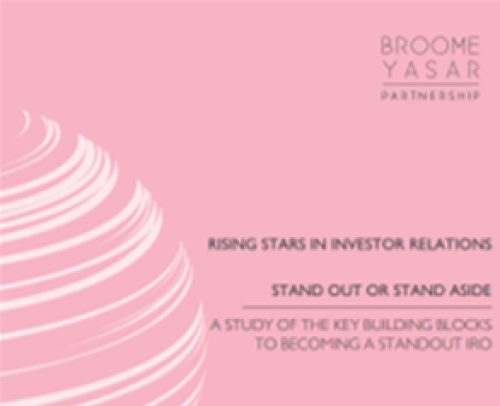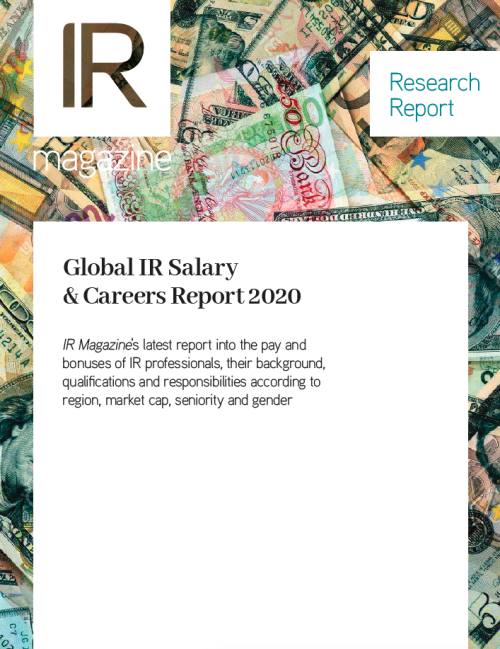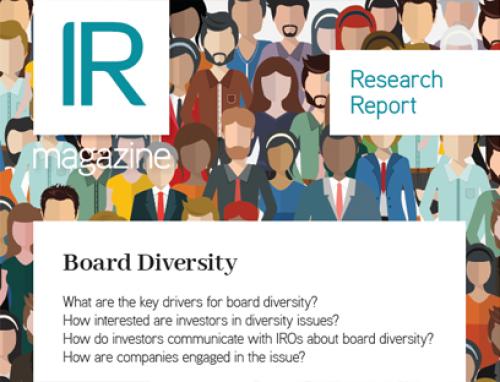Amundi’s head of global equities explains why IR websites should feature more divisional insight and what distinguishes a good IRO from a great one
Can you give us a few words on your background?
I’m head of global equities at Amundi, which is Europe’s largest asset manager. We’re in the process of taking over Pioneer Investments at the end of which we’ll have about €1.3 tn ($1.4 tn) in assets under management. Based in London, I run our global equity products with a team of fund managers and analysts.

How many IR meetings does the equity team at Amundi attend each year?
If you take Amundi as a whole, it’s quite significant: in 2016, we did 3,350 meetings with companies. About 1,800 of those were at investment conferences, 780 were meetings at company premises and the balance took place at Amundi. About half of the total were one-on-one meetings and the other half either group meetings or conference calls.
About a third of them were IR-only and the rest with the CEO, CFO or senior management –or a combination thereof – with the IRO also in the room, so there is a lot of contact with IR managers within the course of the year.
Do you find contact has been increasing over the past few years?
For many years, the sell side has been an intermediary and often the contact with a company comes via a broker. Given how the industry is changing with Mifid II, however, there’s significant encouragement for large investors like us to go direct to companies. It’s very important that the IR manager is responsive to those direct approaches and helps create that important relationship between shareholder and company.
We’re not the only stakeholders in the company, but as a shareholder you’re an important stakeholder and also the ultimate provider of capital to the company. I think the relationship with the IR manager is becoming more and more important and one of the most valuable resources you have is obviously the IR website.
What do you believe makes a good IR website?
One of the most interesting things in company presentations is often the deep dive into divisions. If you look at company visits, the best ones are when you go and meet second or third-line management. You can understand how a particular part of the company really functions and you get to talk to the experts who are actually sitting inside that business. When there are written materials that are created to reflect those kinds of experiences, those are very useful things to find on a website.
Of course, when you go to a new company, you want to find out about the basics, the strategy and the last quarter’s results but you also need to have the ability to dig deeper beyond the overview on that IR website, and I think that’s something IROs should be encouraged to do more of. And use new media: interviews with those second-line managers, videos, and so on enable you to have that kind of in-depth experience without having to actually travel.
How do you spot a future IR star?
The good ones are those who are able to think on their feet and adapt easily to the sometimes quite specific lines of inquiry investors have. Every investor has a slightly different investment process and different investors have different perspectives on companies; because of that they’re often interested in different things. An outstanding IRO is someone who’s able to recognize that and directly answer those questions.
When meeting with a company, we well understand that there are areas of discussion that are off-limits. At the same time, it can be extremely frustrating when you ask specific questions and find you’re given a boilerplate answer that doesn’t really address the particular issue you have. High-level IROs are very good intermediaries between senior management and investors. They’re able to be flexible in the way they answer things but also very careful not to get into areas where they may be commenting inappropriately.
Winners of the IR Magazine Awards - Europe 2017 will be revealed at the awards ceremony in London on June 21.

